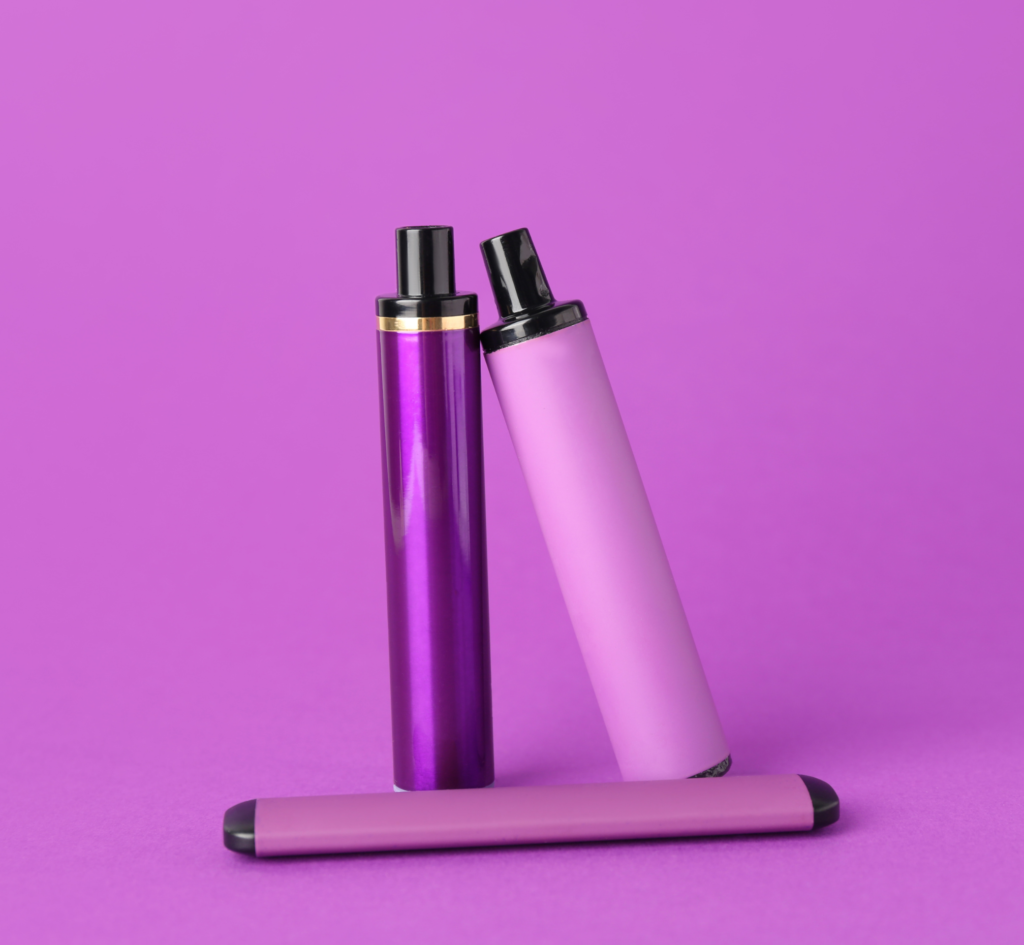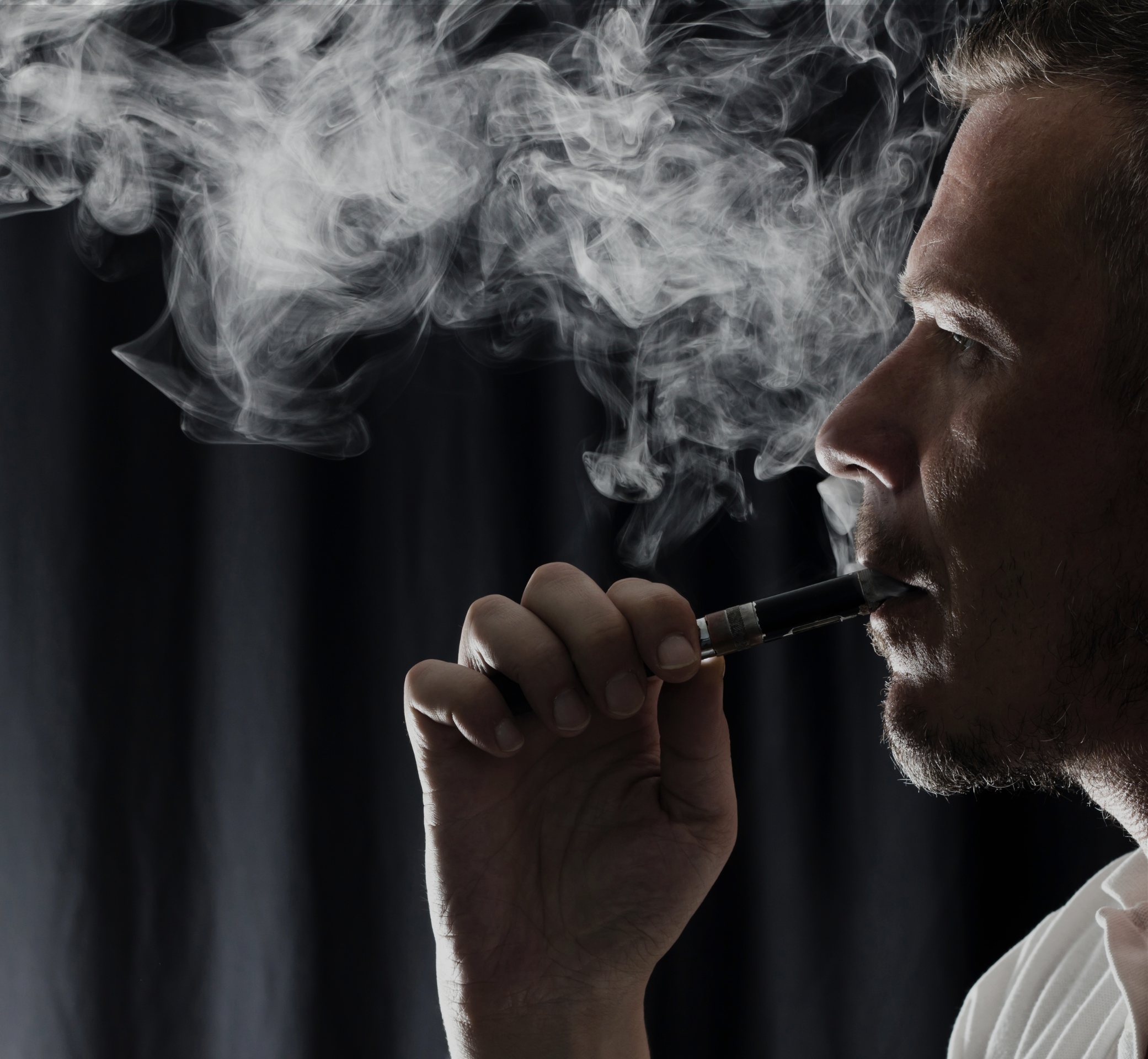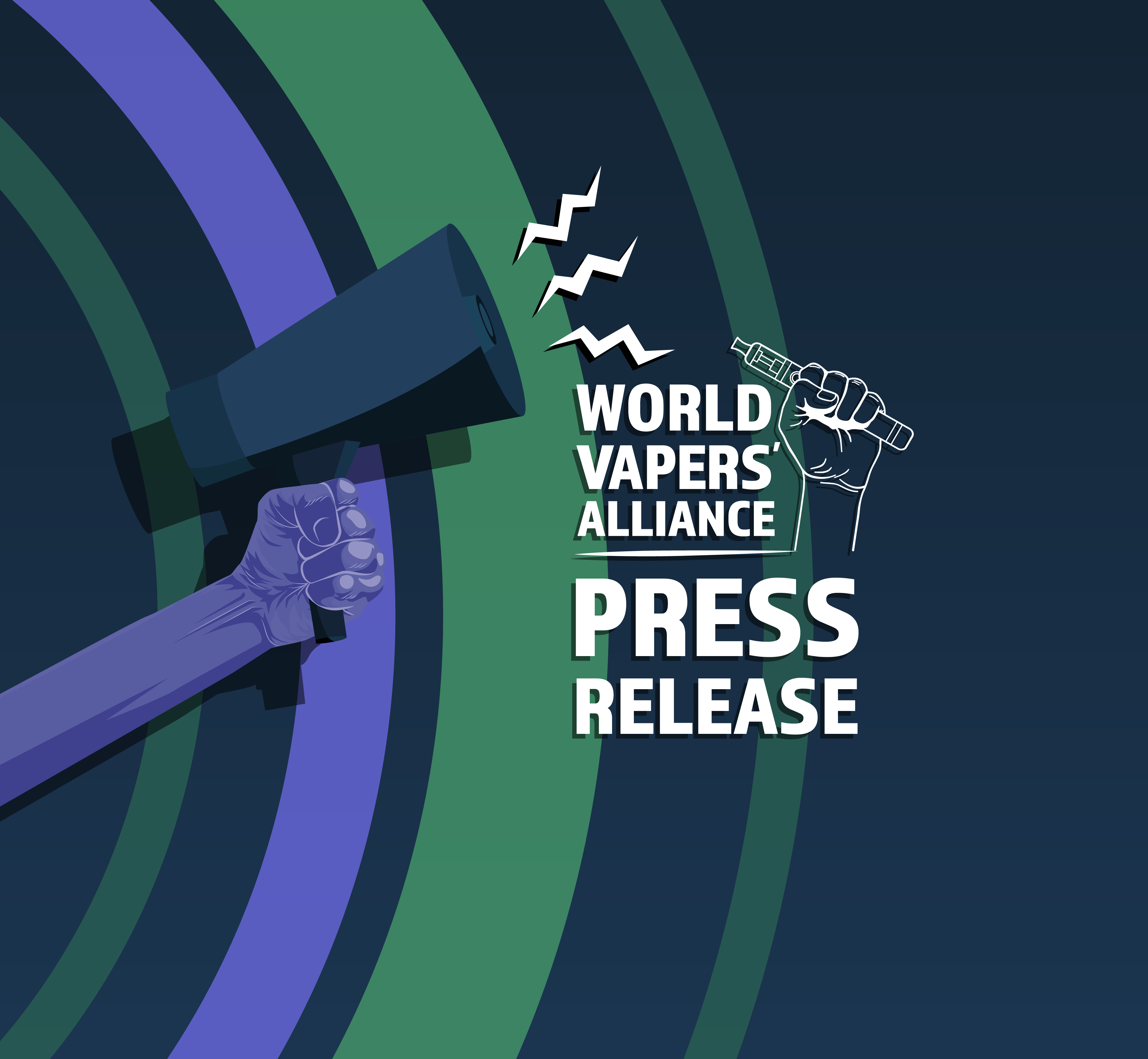Scríofa ag Kurt Yeo
Tar éis Twitter pobalbhreith ó Michael a spreag comhrá faoi na buntáistí agus na fadhbanna a bhaineann le vapaí indiúscartha, deir ball boird comhairleach WVA, Kurt Yeo, nach bhfuil aon fhreagra éasca ar an “cheist indiúscartha”.
(Is féidir post bhlag Mhichíl “Disposable Vapes – the Good, the Bad, and the Ugly” a fháil) anseo)
Ar dtús, is fuath liom táirgí indiúscartha! Ag machnamh ar mo ghráin a eascraíonn ó réimse amháin: an aird dhiúltach a thabharfaidh na táirgí seo. Más mian leat, “siondróm gníomhaí vape buailte”. Táimid thart ar an tor céanna seo arís agus arís eile, agus níl fáilte roimh an smaoineamh ar bhabhta eile buailte. Ní féidir liom labhairt thar ceann gach gníomhaí pro-vape amuigh ansin, ach buille faoi thuairim go mbraitheann siad an rud céanna ar na cúiseanna céanna má fhéachann siad go domhain istigh iontu féin. Táimid cláraithe chun an t-ionsaí a réamh-mheas, rud a bhfuil buntáistí agus míbhuntáistí leis. Is léir na buntáistí, ach is é an míbhuntáiste ná go gcaillimid ár gcumas glacadh le hathrú agus cur isteach, rud a gcúisímid ár gcéilí comhraic rialaithe tobac as.
Agus mé ag machnamh níos doimhne ar shos mhí na Nollag, tá áit ag táirgí indiúscartha agus is é an chaoi a mbainistímid iad an áit ar cheart na ceisteanna a chur. Cuireann siad rogha eile níos sábháilte ar fáil do dhaoine a chaitheann tobac. Clúdaíodh ceisteanna faoi óige, tionchar comhshaoil agus sábháilteacht agus pléadh iad cheana féin sa phíosa roimhe seo, ach tá trácht breise amháin ar an gceist dramhaíola: smaoinigh ar líon na maisc aghaidhe a bhí le fáil réidh leo le blianta beaga anuas, gan trácht ar na táirgí leighis indiúscartha eile go léir a úsáideadh le linn na paindéime. Is é an aidhm atá leis na modhanna.
Ar an dara dul síos, cuireann an áisiúlacht agus an praghas ar chumas daoine a chaitheann tobac triail a bhaint as an tobac agus an t-aistriú a dhéanamh, más féidir. Gan trácht ar an iliomad daoine a cheap go raibh an úsáid tobac ró-dhian agus róchasta agus a d’fhill ar an tobac ar an gcúis seo amháin. Tháinig sé seo chun solais agus iarracht á déanamh cabhrú le ball teaghlaigh aistriú ó nós caitheamh tobac 40 bliain d’aois go galú. Tar éis blianta agus roinnt socruithe éagsúla gan rath, chuir sé iontas orm í a fheiceáil ag galú ag ócáid teaghlaigh. Dara rud a chuir sceitimíní orm gur stop duine muinteartha le caitheamh tobac ná an tuiscint gur chuir mo chlaonadh i dtreo tobac indiúscartha cosc ar aistriú níos luaithe. Tugadh isteach í le tobac indiúscartha ag cara dlúth a d’éirigh léi stop a chur le nós caitheamh tobac 40 bliain d’aois freisin. Ba é an fachtóir áisiúlachta an rud ba chinntithí do na mná araon. Más rud ar bith é, d’fhoghlaim mé nach bhfuil aon réiteach iontach ann, agus go bhfuil an bealach a ghlactar chun scor den tobac chomh héagsúil leis na daoine a chaitheann tobac. Tá sé seo lárnach don phlé ar laghdú díobhála agus ar shláinte an phobail: buail le daoine san áit a bhfuil siad.
Ag brath ar an hata a chaithim, feicim táirgí indiúscartha i solas beagán difriúil anois. Is teicneolaíocht agus tionscal í atá ag aibiú agus ag teacht chun cinn mar phríomhshruth. Tá pointe bainte amach ag monaróirí ina bhfuil an deifir chun nuálaíochta sa dara háit i gcomparáid le comhsheasmhacht. Éilíonn an chomhsheasmhacht seo sraith táirgí aonchineálacha a sheachadann an toradh inmhianaithe arís agus arís eile le fíorbheagán athruithe crua-earraí. Sroichfidh na monaróirí seo buaicphointe, agus chuirfinn airgead ar chóras pod réamh-líonta in-athluchtaithe, rud a bheidh mar an réiteach de facto don chuid is mó den mhargadh. Tiomáinfidh costais táirgthe an chéim dheireanach seo, toisc go bhfuil sé níos saoire pod réamh-líonta a mhonarú agus a phacáistiú a dhíolfar ar phraghas cosúil le praghas córais indiúscartha. Cuirfidh sé seo an réiteach ar fáil ar cheist na bainistíochta dramhaíola agus na sábháilteachta. Tá an pointe seo bainte amach ag mór-chuideachtaí tobac cheana féin.
Is beagnach i gcónaí go mbíonn gníomhaithe vape cosúil liomsa ina vapálaithe sean-scoile, agus tá an smaoineamh go mbeidh babhta eile de chlúdach diúltach rompu agus go gcaillfimid a réiteach vape saincheaptha scanrúil. Is gnách linn dearmad a dhéanamh gur gléas cartúis indiúscartha a bhí mar bhunús leis an vape. Agus dearcadh 10,000 troigh againn, is féidir linn a fheiceáil gur thug nuálaíocht agus riachtanais tomhaltóirí an timthriall iomlán dúinn. Dírímid go minic ar phointí imní tánaisteacha (cé go bhfuil siad tábhachtach) a chuireann ceo ar ár mbreithiúnas agus a tharraingíonn ár n-aird ón sprioc deiridh: Cabhrú le daoine a chaitheann tobac éirí as agus na dochair a bhaineann le caitheamh tobac a laghdú dóibh siúd nach bhfuil in ann nó toilteanach déanamh amhlaidh.
Kurt Yeo, Comhbhunaitheoir Vaping Saved My Life, an Afraic Theas & ball de Bhord Comhairleach WVA.






Freagra amháin